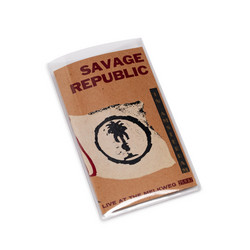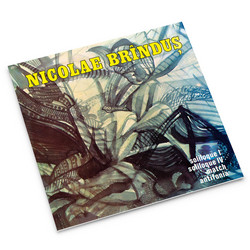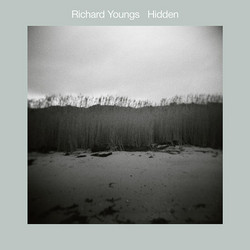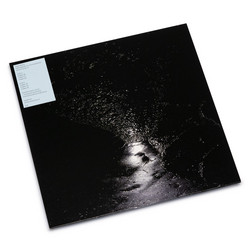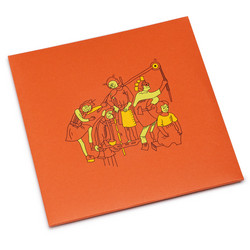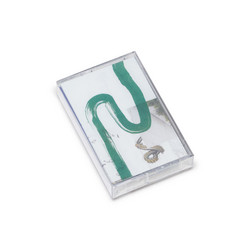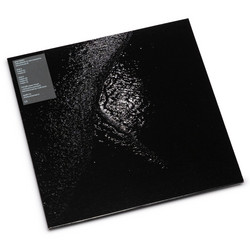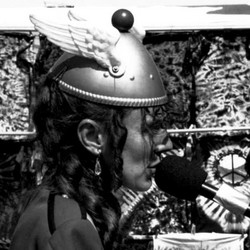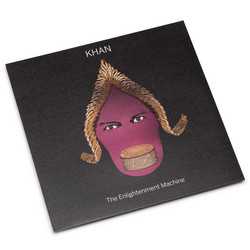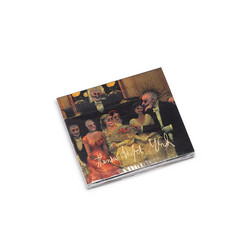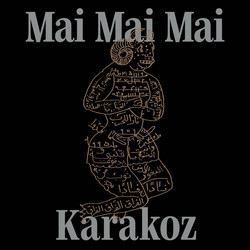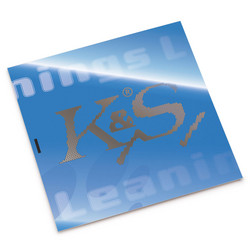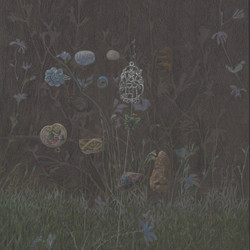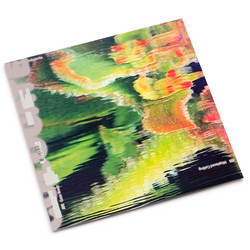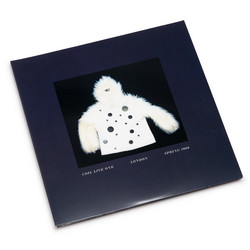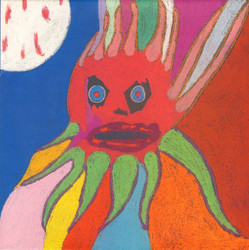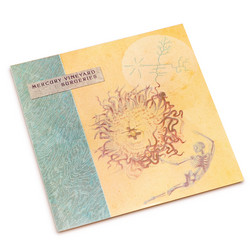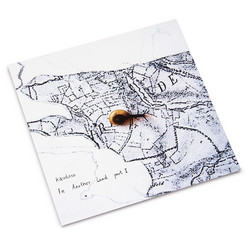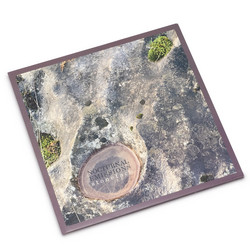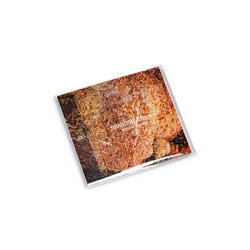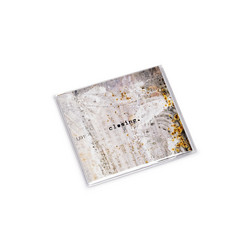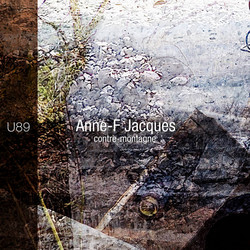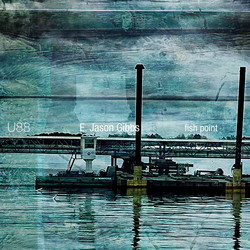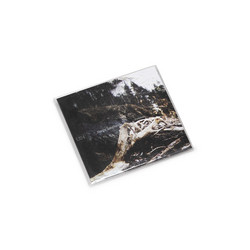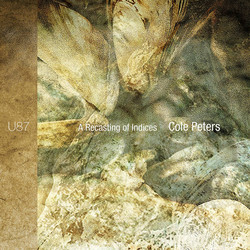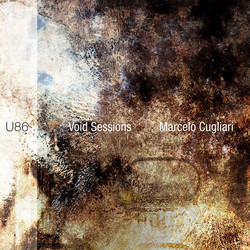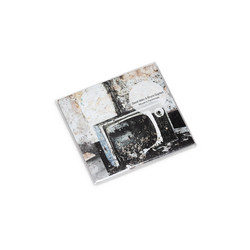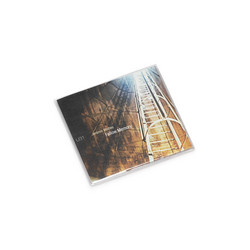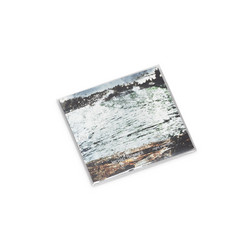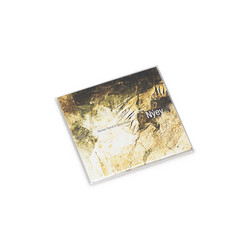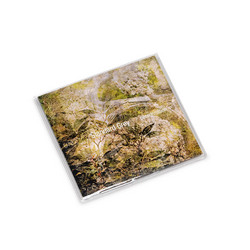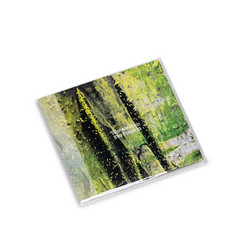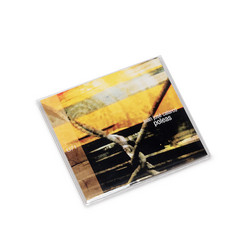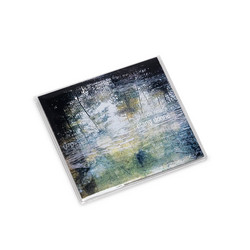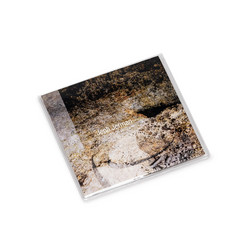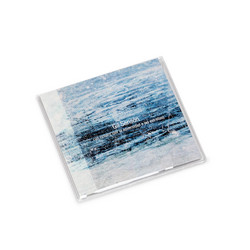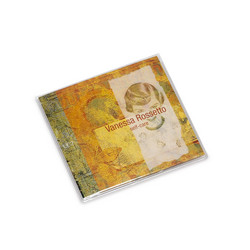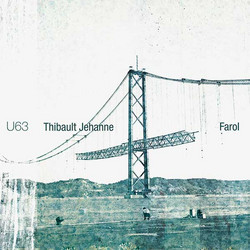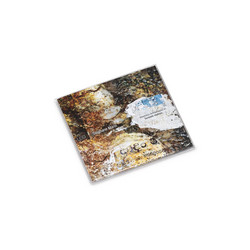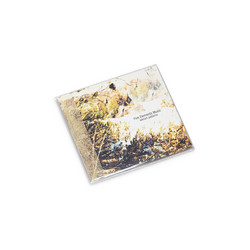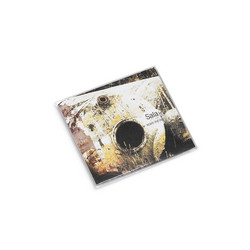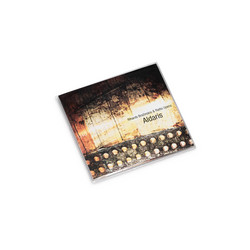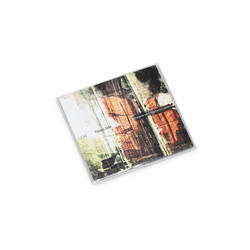2015 release ** Limited edition of 200 hand-numbered copies. "There is a temptation to connect field recordings with documentaries. It's an impulse compelled by the sense that field recordings are uncontrived compared to conventional music, which requires instrumentation and a high degree of human intervention. But documenting and repeating the sounds of nature requires just as much mediation as does strumming a guitar or playing a keyboard. For one thing, Montero's subjects are precise. He consciously hides as much as he reveals. For another, though he tries to mask it in different ways, his subjects are edited together and presented not as an unaltered image of a place, but as a carefully constructed simulacrum of it. Montero's concern is not fidelity, it's evocation and correspondence. These are the places he wanted to represent in the way he wanted to represent them. There is an aesthetic of the hidden in his work, evidenced in the above-water and below-water soundscapes found on "Litoral Nor-Poniente" and "Cuarto Manglar," and there is also an emphasis on the pleasure of listening: to the movement of water and to the life that thrives around it. Even if the specifics are foreign, there will be something familiar about these vignettes—maybe in the rise and fall of chirping crickets or maybe in the patter of rain on glass and the crack of distant thunder. What is far away is drawn closer and that closeness registers as a kind of geographic harmony. The apparently foreign in fact shares a common root. On "Mangle Negro," Montero pairs heavy winds and rain with something that sounds like the child of a creaky floorboard and a party balloon. Someone moves about the scene as the storm gains strength and blows through the leaves outside, but their activity ultimately merges with the aeolian din. There is no way of knowing whether it all happened in real time or whether Montero slapped two recordings together and carefully disguised the seams. Either way, a continuity beyond the documentary emerges because the flow of time and the necessity of proximity are eliminated. Listening to the echoes and percussive spikes on "Cuarto Manglar," the continuity from man to machine to nature is rendered with a kind of minimal clarity, even as the activity of the music remains mysterious."
Recorded (2009-2011). Composed and produced (2012-2013) by Manrico Montero Calzadiaz. Location : Sisal, Yucatán, México, Litoral Nor-Poniente, Puerto de Sisal, Manglares @ La Bocana, Faro de Sisal. Limited edition of 200 hand-numbered copies. All include an additional art card on 300gr satin-paper. Packaged in clear vinyl sleeve with folded insert.
